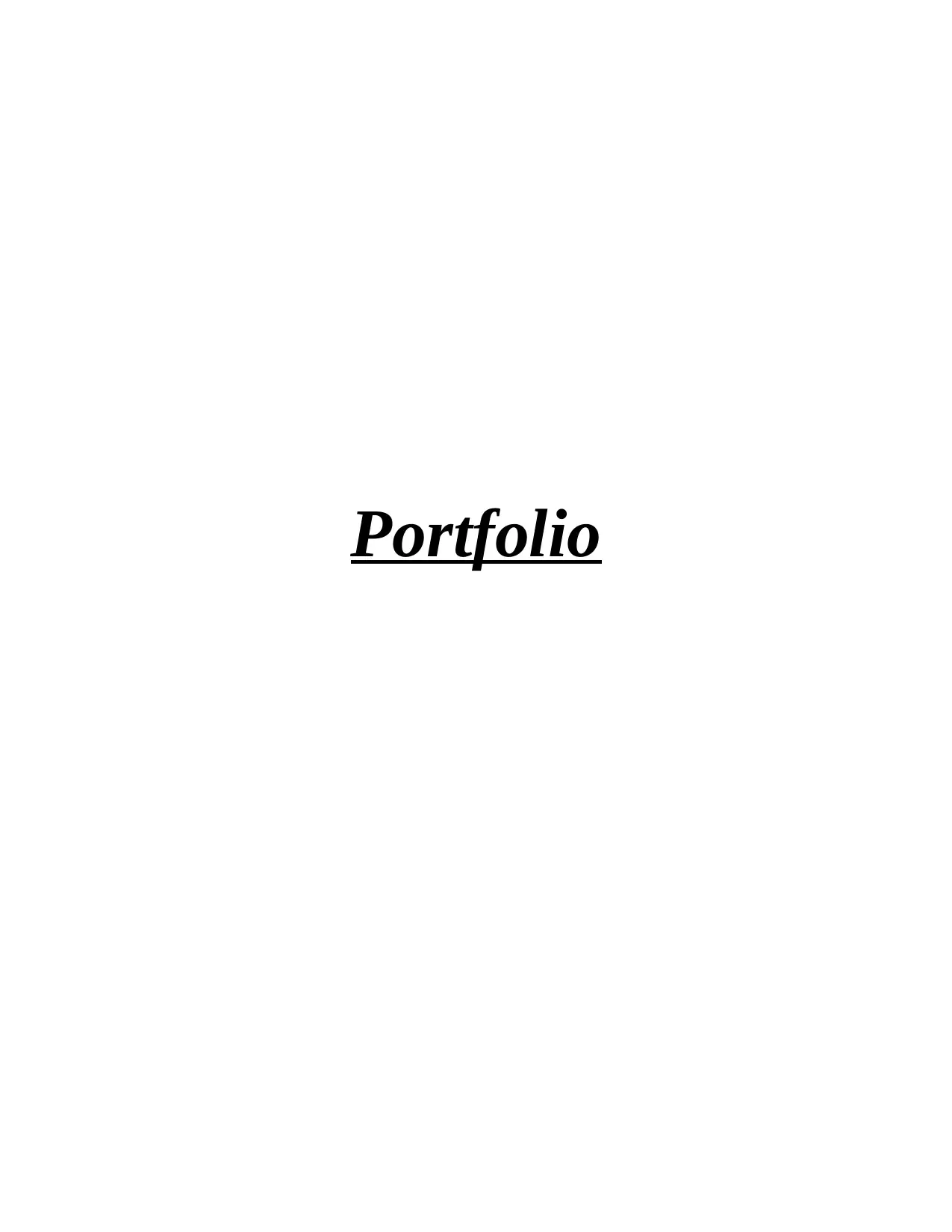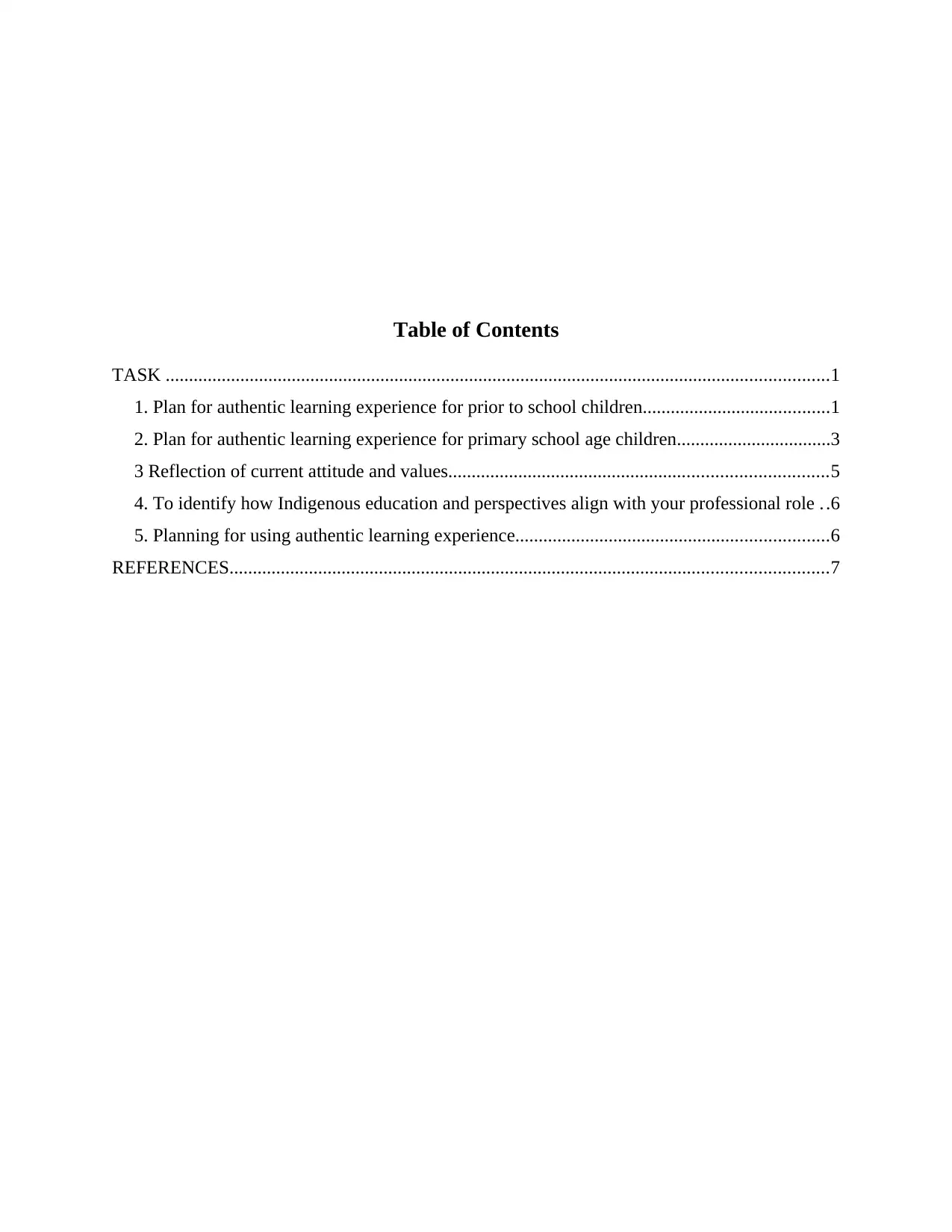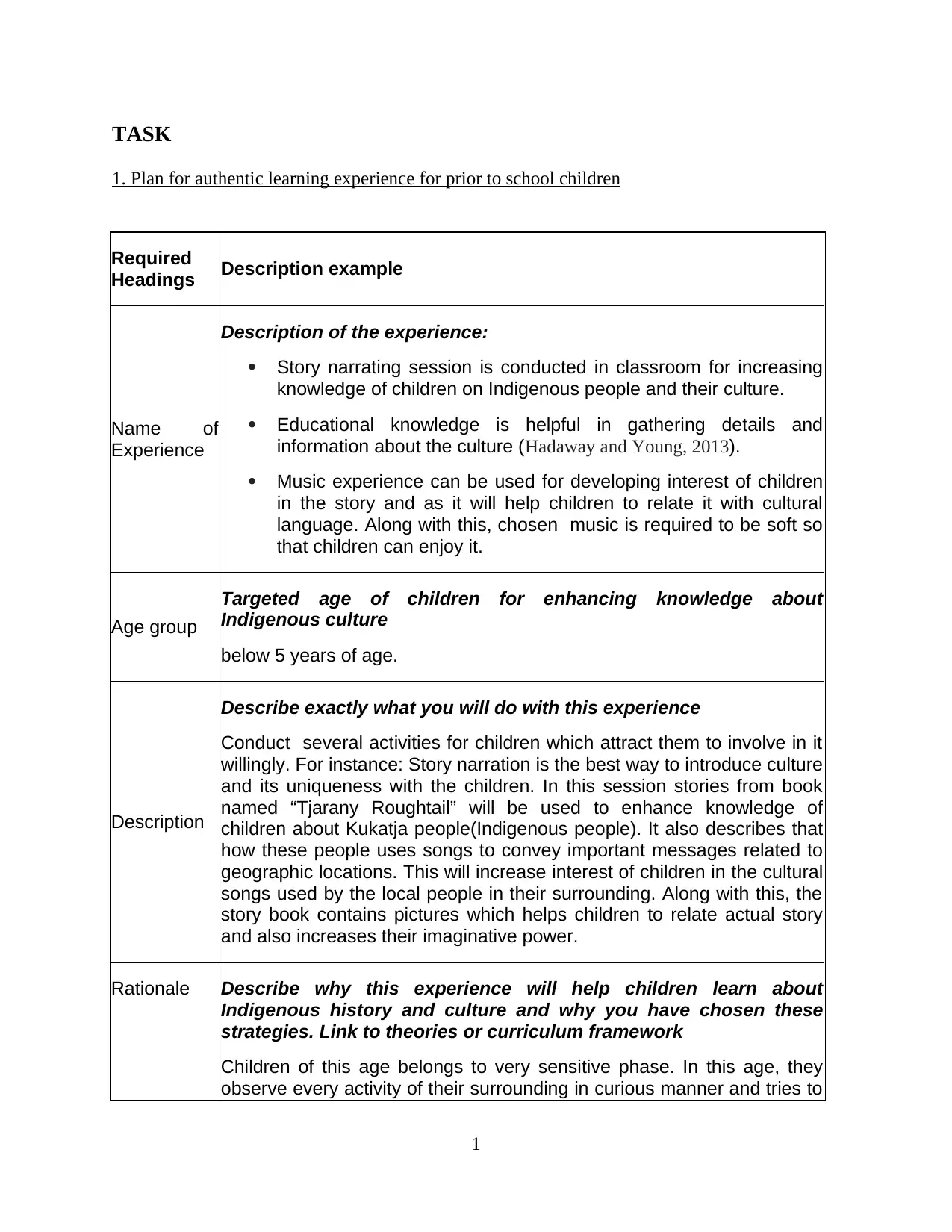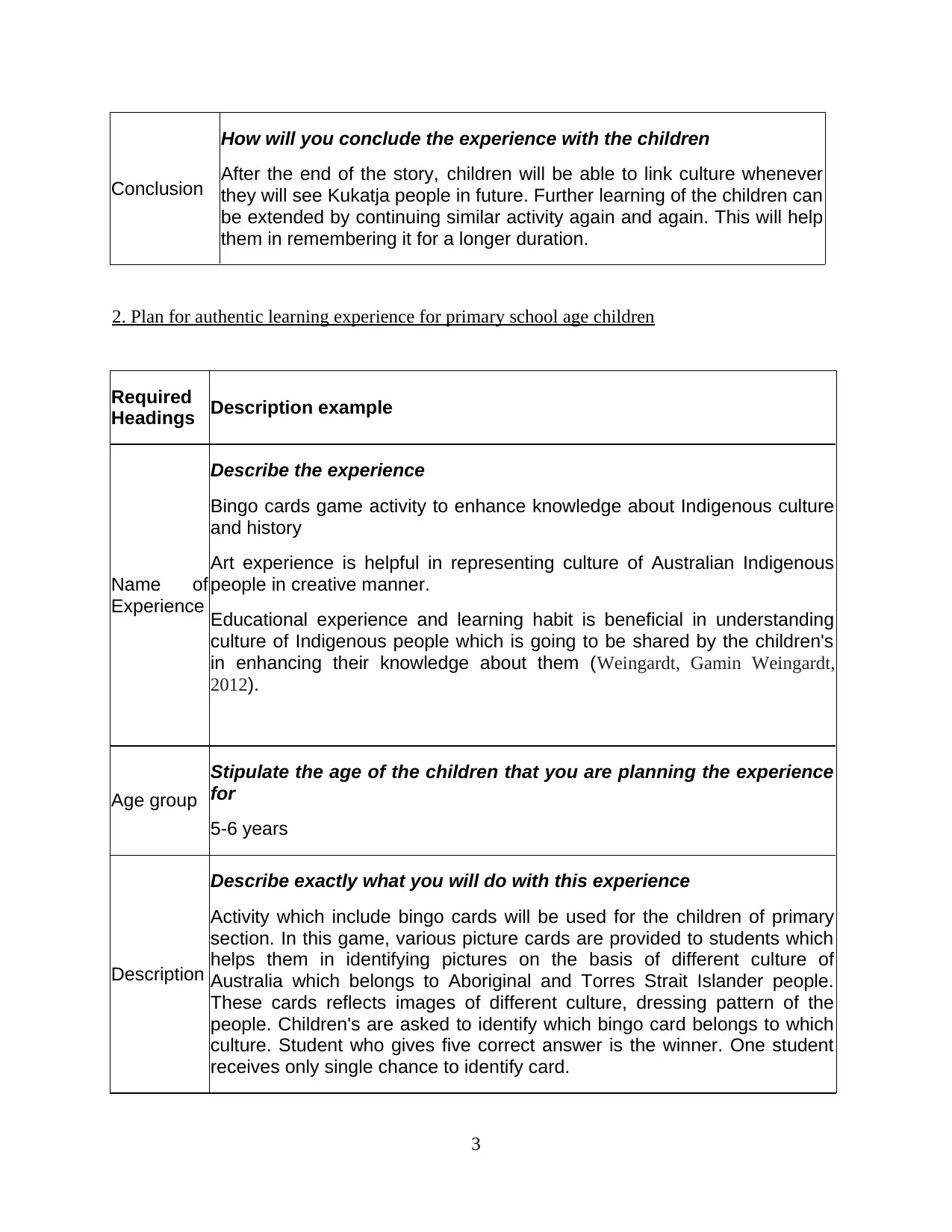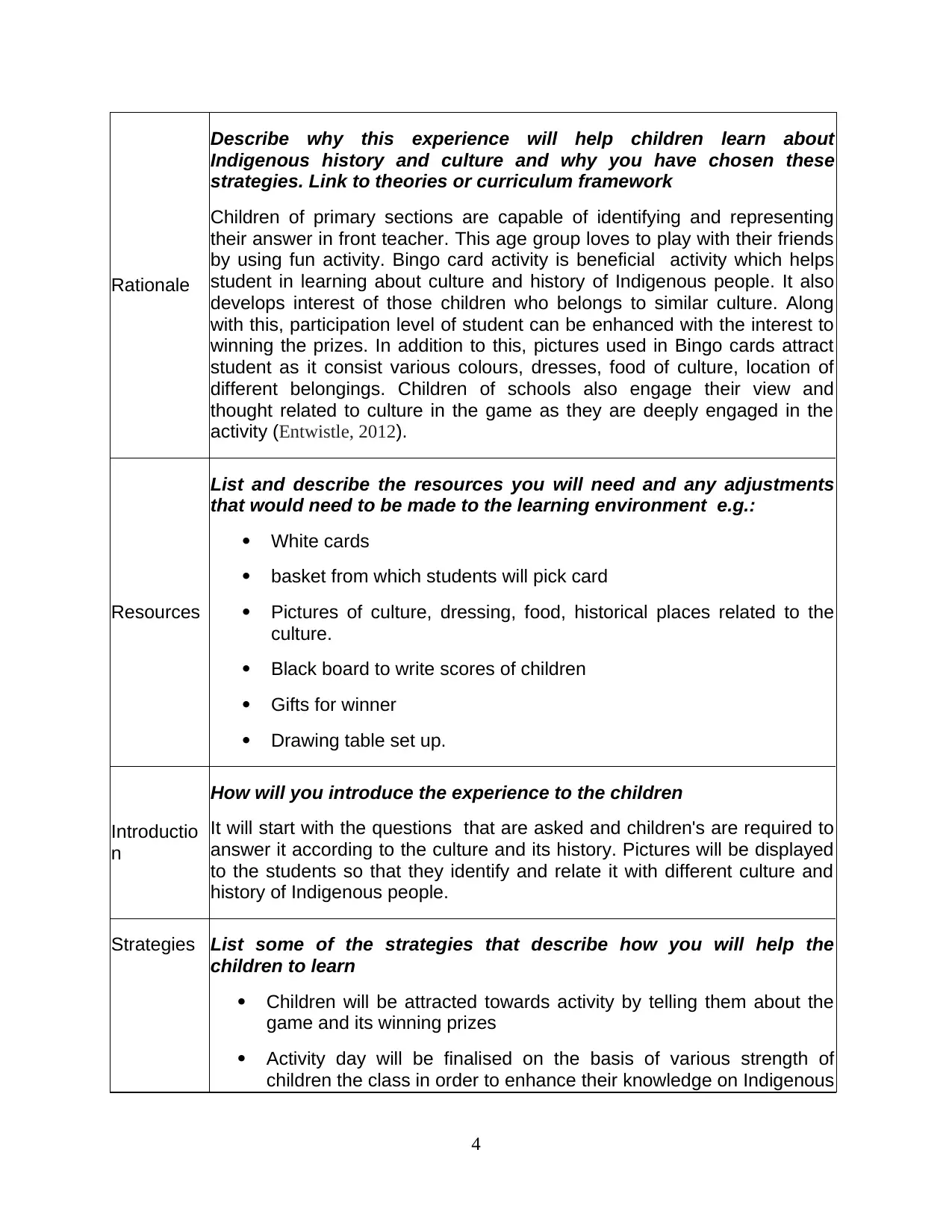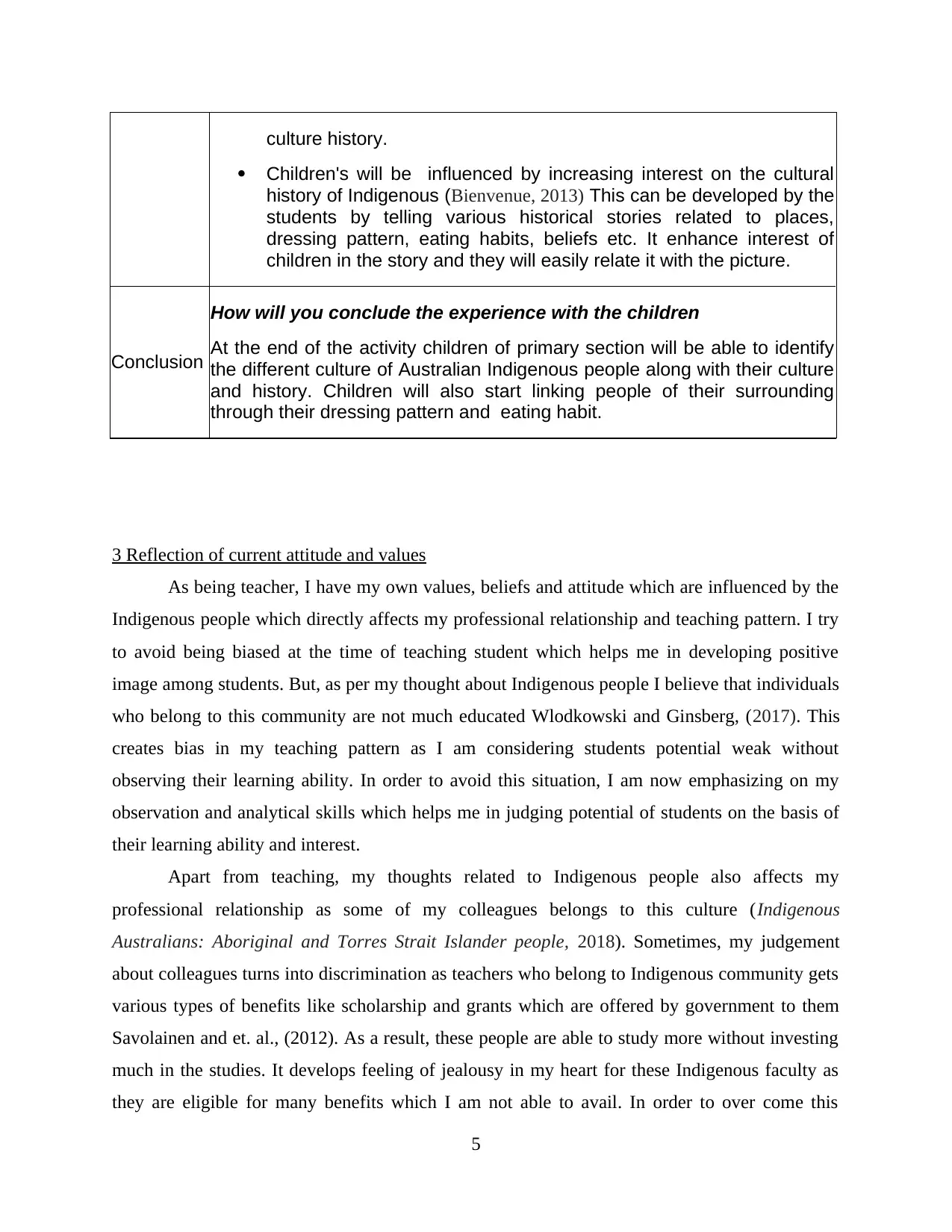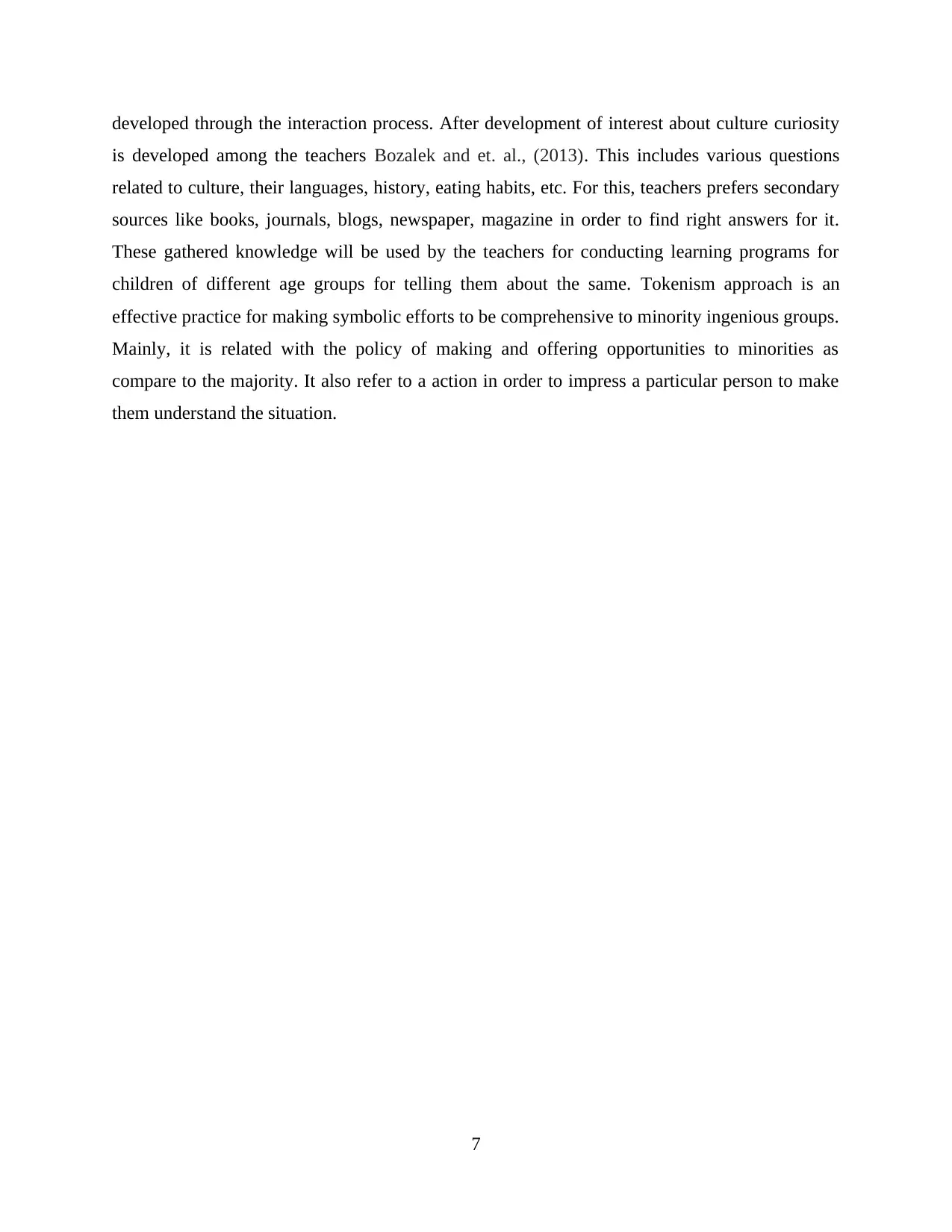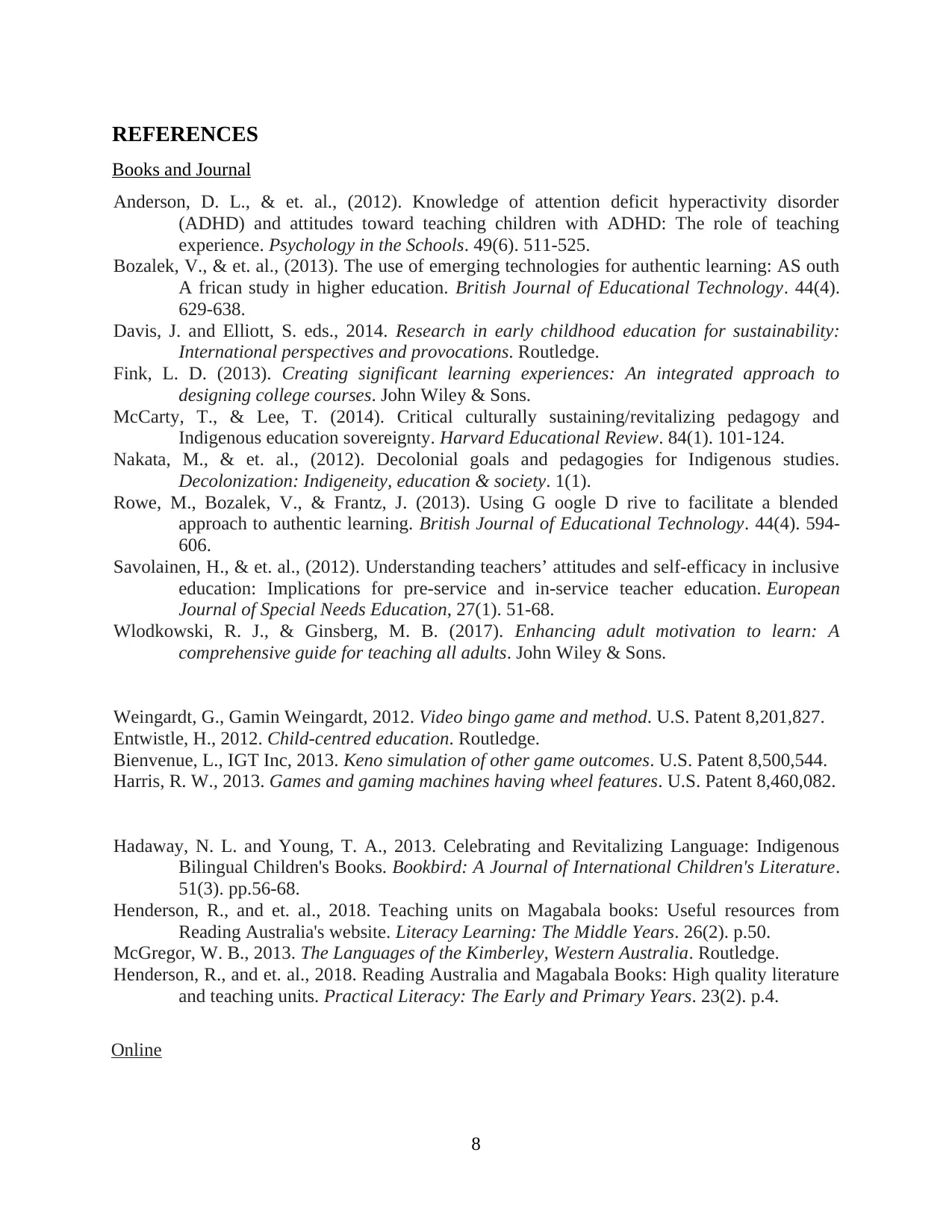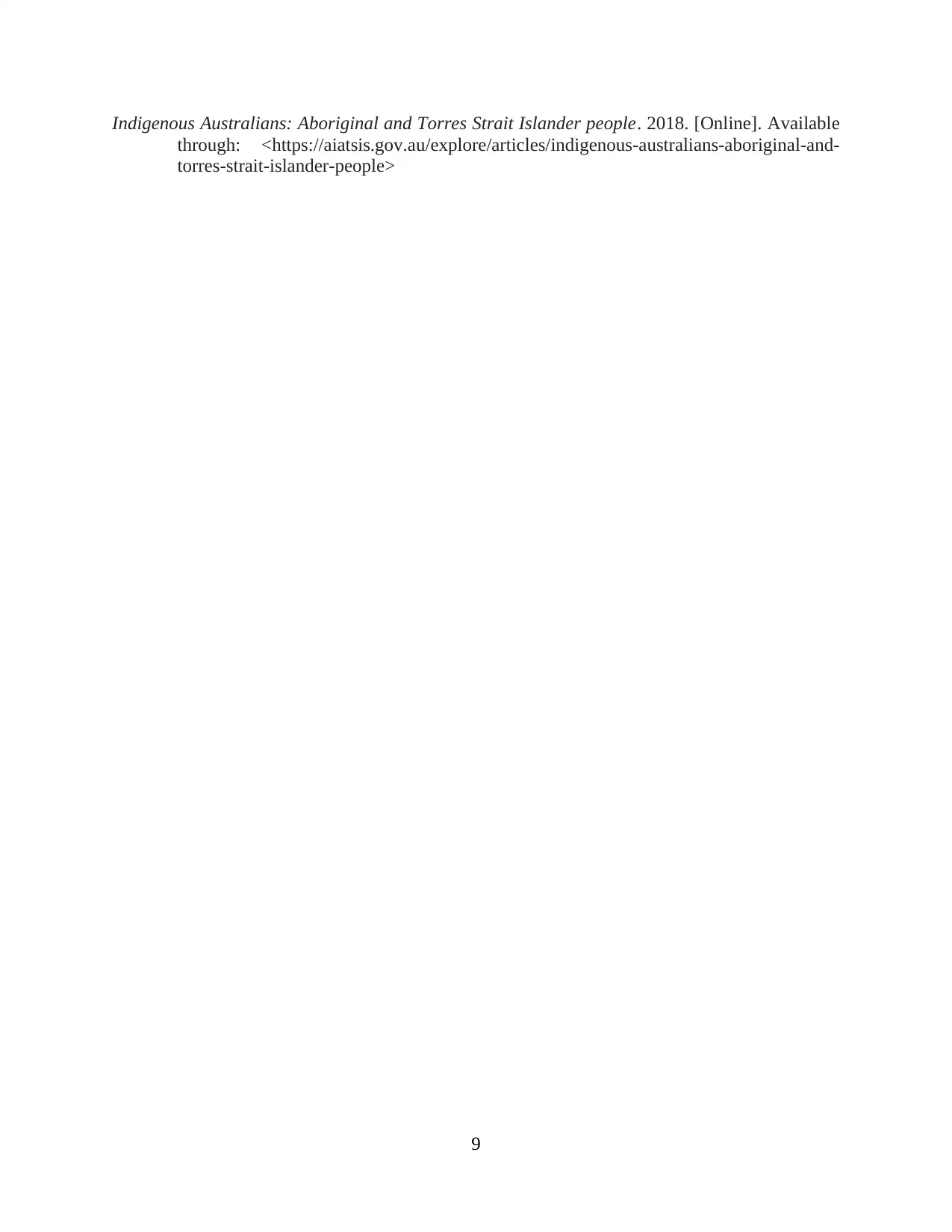This assignment involves a detailed analysis of various educational resources, including books, articles, and patents. The focus is on authentic learning experiences, inclusive education, and Indigenous studies. Specific texts such as 'Creating Significant Learning Experiences' by L.D. Fink, 'Critical Culturally Sustaining/Revitalizing Pedagogy and Indigenous Education Sovereignty' by T. McCarty and T. Lee, and 'Decolonial Goals and Pedagogies for Indigenous Studies' by M. Nakata are highlighted. Additionally, patents such as 'Video Bingo Game and Method' by G. Weingardt and 'Keno Simulation of Other Game Outcomes' by L. Bienvenue are examined. The review also covers literature on teaching units related to Indigenous children's books, such as 'Celebrating and Revitalizing Language: Indigenous Bilingual Children's Books' by N.L. Hadaway and T.A. Young. The purpose of this assignment is to provide a comprehensive overview of the resources available for educational studies.
![[object Object]](/_next/static/media/star-bottom.7253800d.svg)
![[object Object]](/_next/static/media/star-bottom.7253800d.svg)
